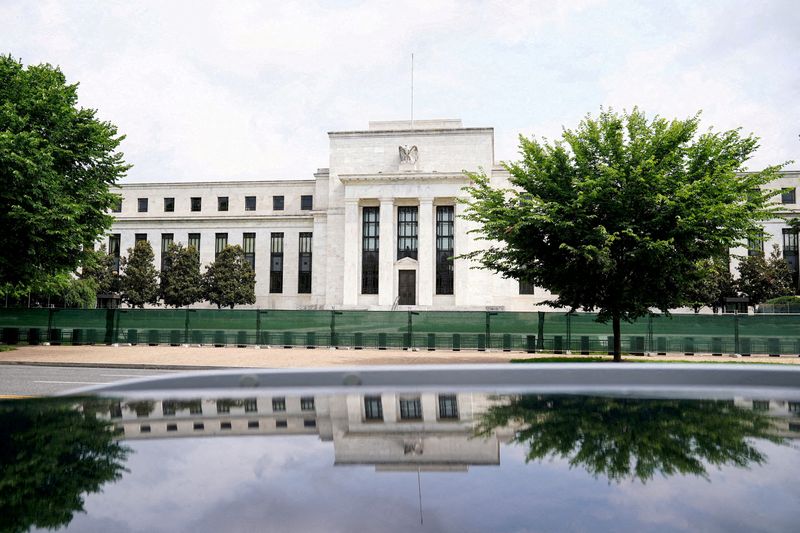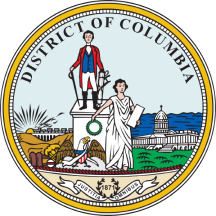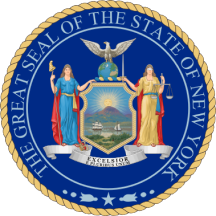
By Francesco Canepa
FRANKFURT (Reuters) -U.S. President Donald Trump's attacks on Federal Reserve policymakers are emerging as the biggest threat in decades to central bank independence, which is widely seen as key to keeping down inflation and maintaining stability in the global financial system.
Trump's unprecedented threat to fire Fed governor Lisa Cook over alleged mortgage-related improprieties and his relentless pressure on Fed chair Jerome Powell to cut interest rates are already testing the boundaries of presidential power over the U.S. central bank.
They are also leading central bankers worldwide to worry about their independence from governments and calling into question a principle that has helped them keep inflation lower and more stable since the mid-1980s.
That was when Fed chair Paul Volcker established the Fed's inflation-fighting credibility and independence from the Treasury, reining in price growth with high interest rates and setting an example that would be followed by scores of central banks in subsequent decades.
"People don't realize how different the world has been in the past 30 years from what it was before in terms of inflation stability," Jordi Galí, a professor at the Barcelona School of Economics, said.
The world's biggest central banks such as the Fed, the European Central Bank and the Bank of Japan are unique institutions in that they are typically led by political appointees and yet they don't take orders from their governments.
This is because they have a very specific mandate, which is typically to keep inflation around 2% although some central banks like the Fed are also tasked with taking employment into account.
This set-up leaves them free to set interest rates at the levels they see fit to achieve that goal.
But independence is a relatively new concept and some central banks, like those of China, Turkey and other developing countries, are still influenced by their governments when setting policy.
The Fed itself has been formally independent since 1951 but it only established its reputation in the 1980s when Volcker raised interest rates to double digits to stop runaway prices, which had been the result of energy shocks and Fed mismanagement of the supply of money.
Since then, more than a hundred central banks, including the Bank of England in 1998, have been granted increasing degrees of formal independence, such as the ability to make decisions irrespective of government wishes and a prohibition to lend to the government.
The results have been striking.
Central banks that went all the way from being part of the government to fully independent saw a long-run reduction in annual inflation of approximately 3.7 percentage points in rich countries, according to a study published earlier this year by the Centre for Economic Policy Research.
That reduction is even greater in poorer countries at 10.3 percentage points.
These results account for the fact that inflation was falling anyway as a result of structural trends such as globalisation, weaker labour power and technological advances.
In the latest example, most independent central banks have brought the post-pandemic surge in inflation under control in two or three years.
By contrast, the Great Inflation period of the 20th century lasted from 1965 to 1982, with increasingly vicious relapses.
"Even the recent inflationary surge was dealt with very well," professor Gali added. "The proof is that inflation has come down -- not fully, in some places more than others -- but to me, it's been the clearest demonstration up to now of the success of the frameworks that central banks all over the world have been adopting."
Other studies show that inflation tends to be more stable and commercial banks less risky where the central bank is independent.
This is because the public and investors have faith in the central bank keeping inflation in check and therefore they don't raise their demands in terms of wages, prices and returns.
By contrast, investors have started demanding a greater premium for owning U.S. government bonds since Trump said he planned to sack Cook, with the 10-year debt rising 2.5 basis points to 4.30% on Tuesday.
PRINTING MONEY
Central banks also have the power to print money, particularly at times of financial turmoil or when prices risk falling into a downward spiral, known as deflation.
At such times, some degree of coordination with governments over crisis-fighting measures tends to take place, whether publicly or behind the scenes.
These coordinated efforts helped bring the global financial crises of the late-2000s to an end and allowed European Central Bank President Mario Draghi to quash speculation on a demise of the euro in 2012, when he pledged to do "whatever it takes" to preserve the euro.
"During crises in particular, the independence and the credibility of the central bank is the most valuable asset," Frederik Ducrozet, head of macroeconomic research at Pictet Wealth Management, said. "It would be a very serious issue if the Fed, or any central bank, were to be given orders by the president."
In the last decade as the economy was recovering from the financial crisis, inflation was too low and rates were already at zero, central banks collectively bought several trillion dollars' worth of government debt and other assets.
This had a number of effects, from juicing up returns on stocks, bonds and real estate to breaking a taboo about central banks financing -- albeit indirectly -- their governments.
Central bankers were criticised for worsening economic inequality by enriching the owners of those assets, who tend to be wealthy.
And that display of financial power may also have whetted politicians' appetite for more direct control.
"In some sense, the central banks revealed themselves as the mega powers that they really are, and that raises more questions about control, independence, the legitimacy of technocrats who operate in a sort of insulated bubble of political process," said Maurice Obstfeld, a former chief economist at the International Monetary Fund and now senior fellow at the Peterson Institute.
(Additional reporting by Yoruk Bahceli and Dhara Ranasinghe; Editing by Hugh Lawson)

 Reuters US Top
Reuters US Top
 Associated Press US News
Associated Press US News Local News in D.C.
Local News in D.C. Local News in New York
Local News in New York America News
America News The Daily Beast
The Daily Beast